Now, 30 years after the Fondation Cartier pour l’art contemporain staged the Hommage à Ferrari exhibition, cars are taking centre stage once again in this fabulous gallery with Autophoto.
The first of its kind
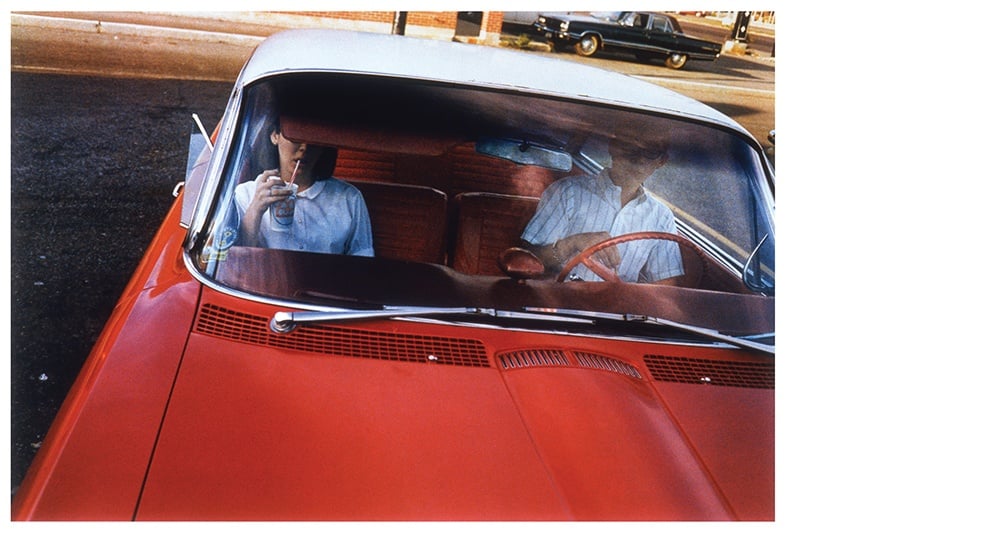

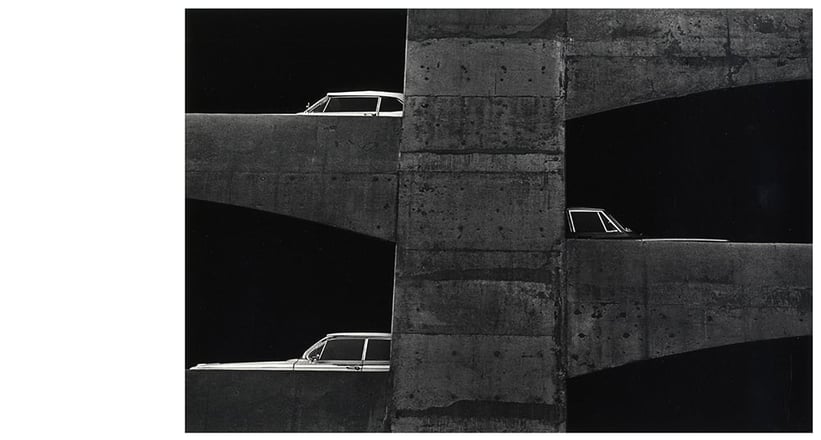
Dreamt up by co-curators Philippe Séclier and Xavier Barral around five years ago, Autophoto is, remarkably, the very first time since the beginnings of both photography and the automobile that the relationship between the two has been explored in such a way. “We’re so proud to be the first to show this exhibition, approximately 200 years since the beginnings of these two cultural phenomena”, proudly proclaims Séclier. “And to stage it here, in France, a country so instrumental in the development of both, makes the occasion particularly special.” The duo had the unenviable task of whittling down around 10,000 images to just 500, from over 90 renowned and lesser-known photographers, all of who count the car and its many facets as an ‘obsession’.
Twisting and turning
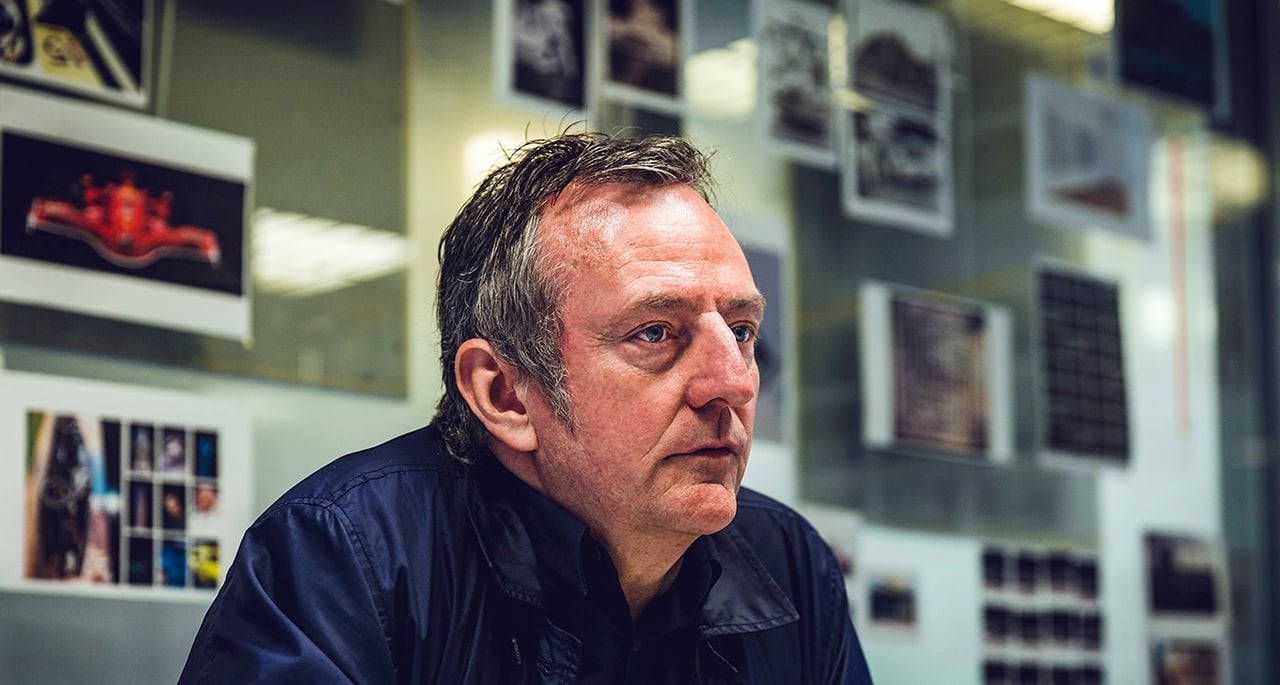
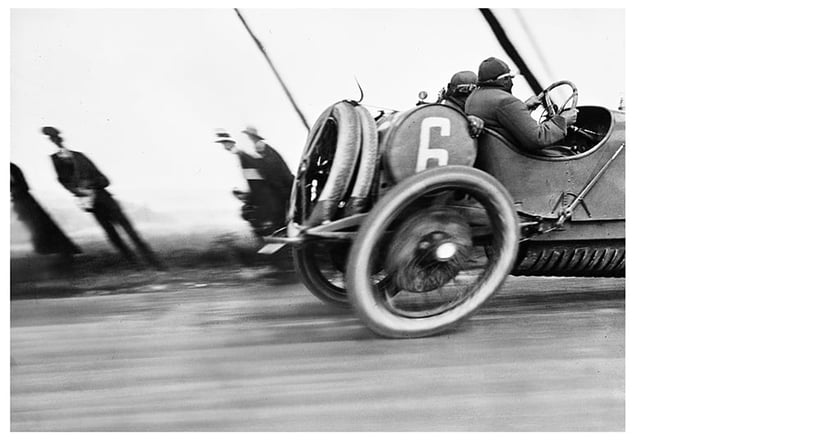
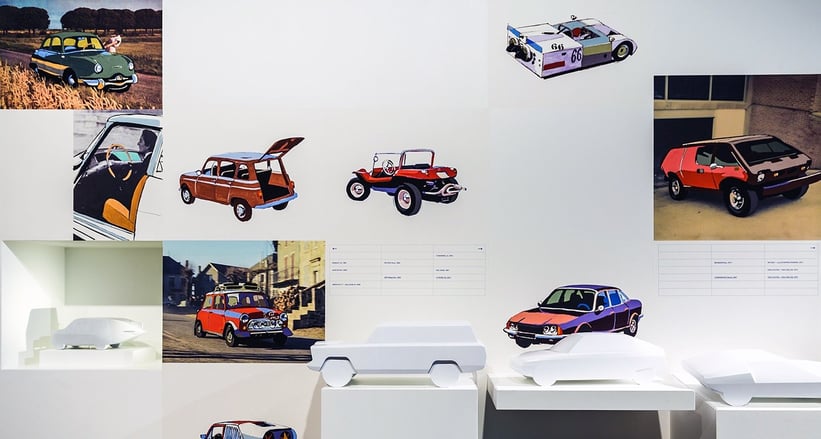
Staged over two floors of the Fondation Cartier, Autophoto thrusts you straight into a captivating journey through four distinct themes, each of which has been beautifully curated. Beginning with ‘First Visions’, which explores the beginnings of the automobile and how its impact on society soon became a focal point for early photographers, such as Germaine Krull and Nicolas Bouvier, you then step through to ‘Auto Portraits’, concerning the car’s role as a social status symbol and extension of self, on to ‘The Car as a Medium’, examining how the car has fundamentally changed our landscapes, and finally reach ‘Our Car Culture’, which puts the car’s position in history, industry, and our future ahead of the lens.
A multifaceted phenomenon
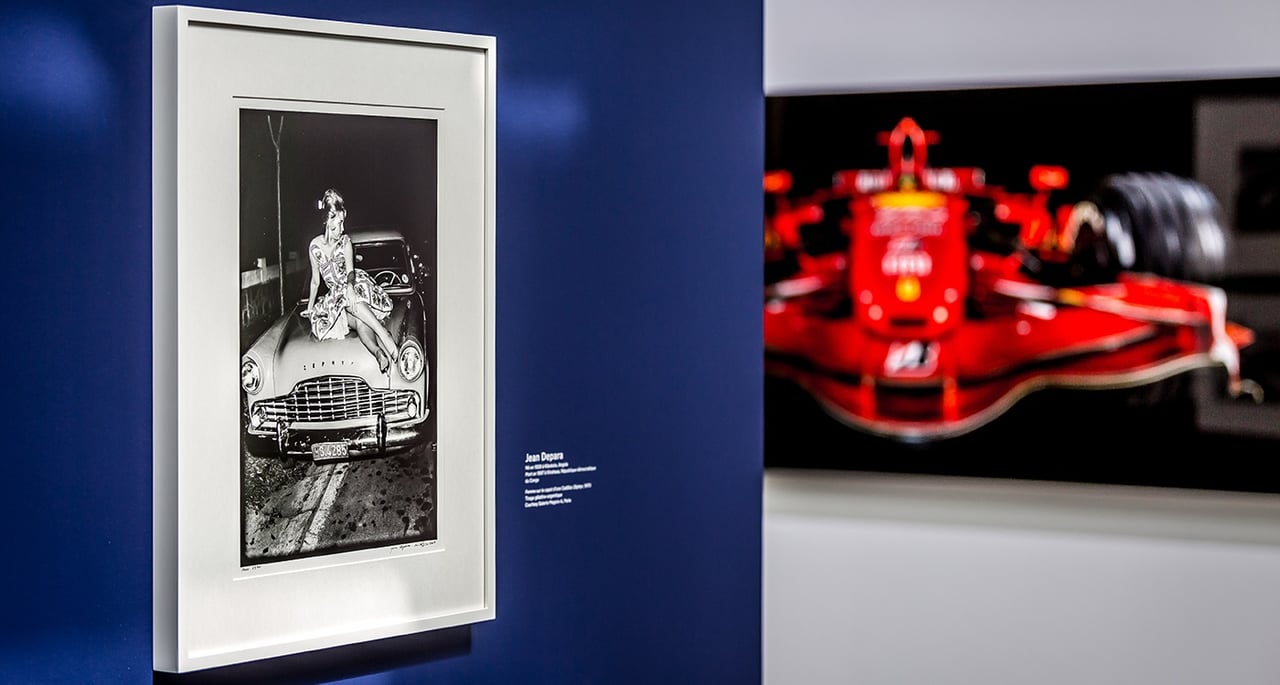
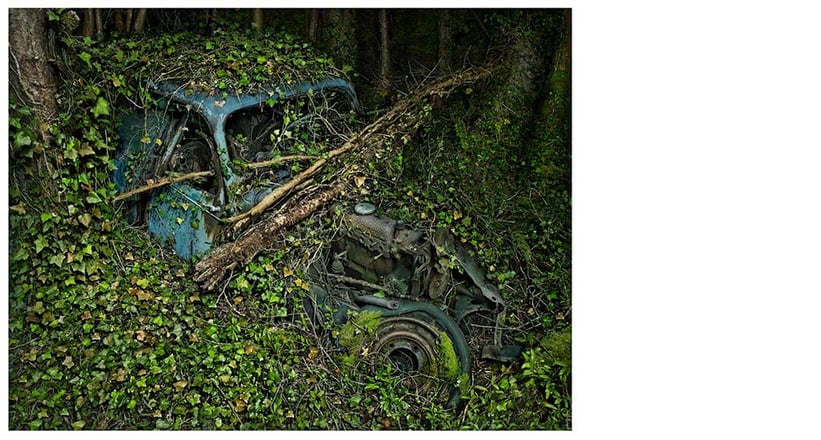
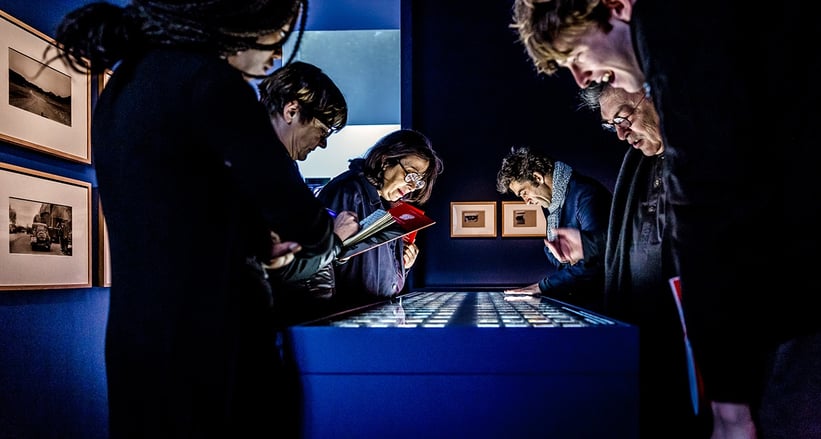
“The car reshaped the cultural landscape, and every photographer since the invention of the automobile has had to adjust to these changes”, Séclier explains, referencing cities clogged with traffic and landscapes peppered with roads and infrastructure as just a few prime examples. It takes but a glance at Ed Ruscha’s extraordinary aerial shots of Los Angeles’s impressive car parks in the 1960s to grasp what he means. “Furthermore, all cars can be considered characters, and early photographers who travelled around the world soon realised that these means of transport double as obscure cameras with a new and modern aesthetic.” As the exhibition also illustrates, the car can be viewed as both a body, with a beating heart and strong skeleton, as well as an extension of the body, such as a social symbol, a rite of passage, or even a home. “Photography is voyeurism, and many have captured people quite literally living in their cars.”
Decisions, decisions
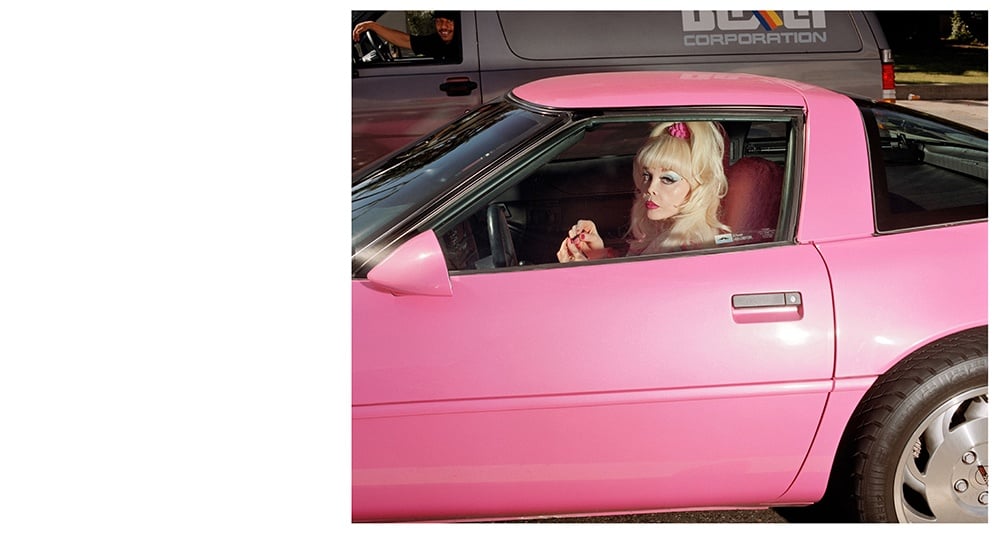
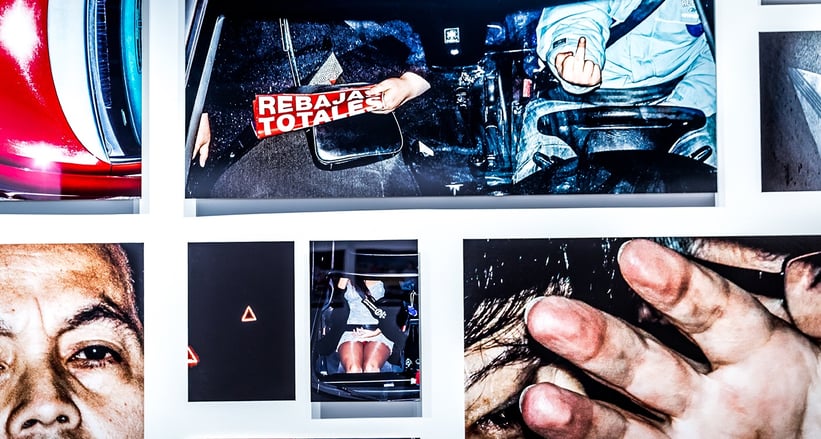
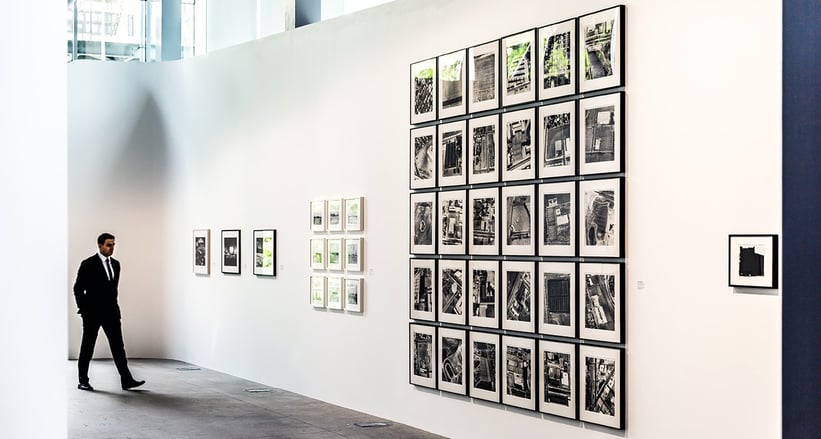
As you’d expect from an exhibition showcasing over 500 works, most of which are presented in compelling series, time should not be of the essence when you visit Autophoto. Our favourites were plentiful, though we certainly gravitated towards particular pieces. Langdon Clay’s gritty portrayal of parked cars in New York speaks volumes about the economic and social situation of the Big Apple in the 1970s. Clay was actually at the exhibition for the grand opening and we were fortunate to share a table at lunch. “I was making the move from black-and-white to colour, and these cars in varying states if disrepair, often at night, presented such simple yet bold images that said so much”, he recalls. “I spent two years wandering around New York City with a Leica, a 40mm lens, and a tripod.”
More than just another object
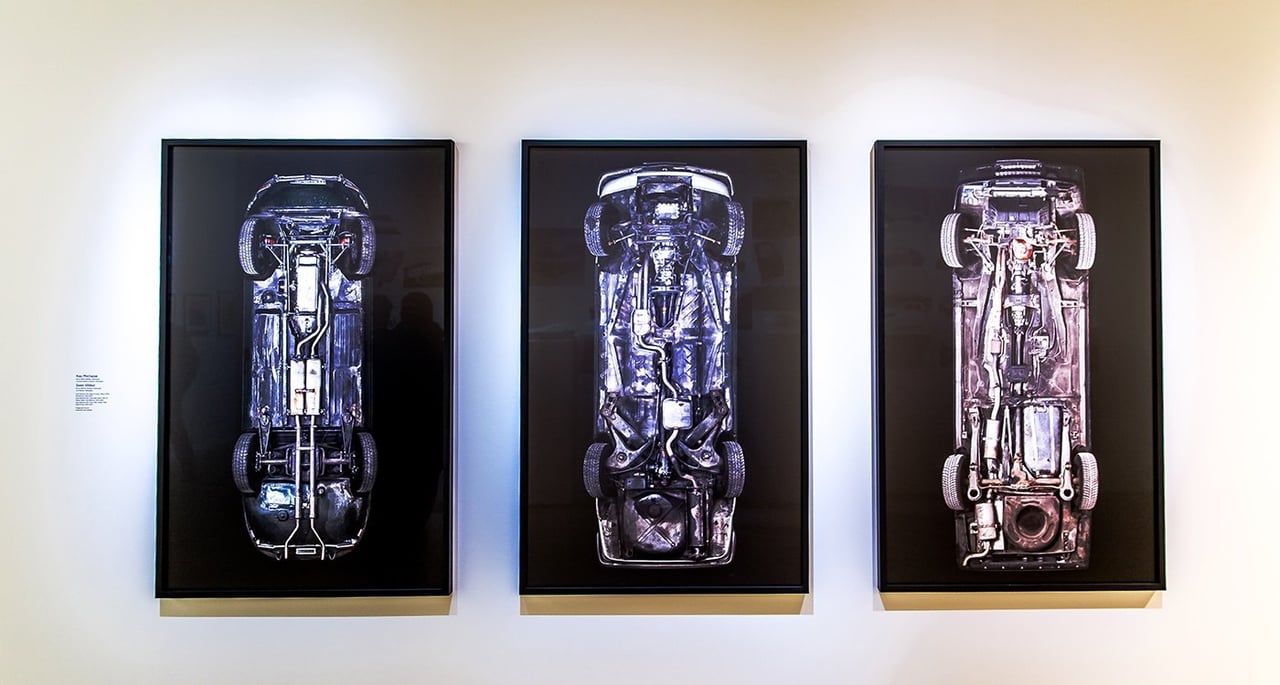
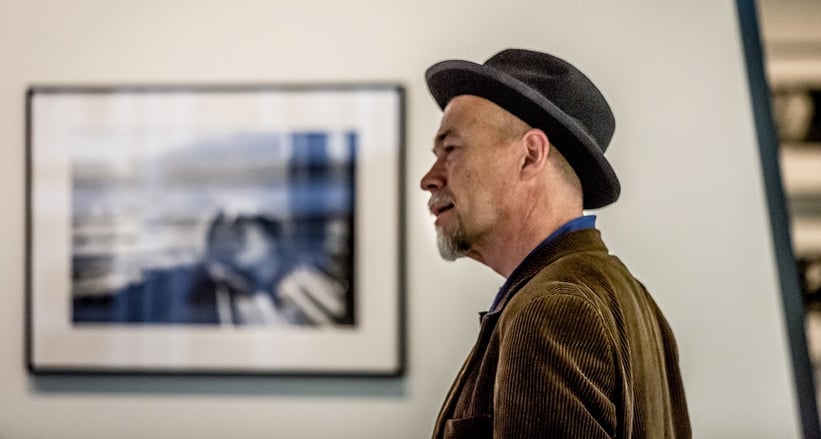

Ronni Campana’s Badly Repaired Cars, showing cars with less-than-adequate repair work parked in London, certainly brought a smile to our faces. The almost comically bodged repairs reflect that, regardless of how wealthy they are, people will go to desperate lengths to preserve their pride and joys. “It’s important to show that this object isn’t like a washing machine or a coffee machine — it’s actually an extension of the body and an integral part of our lives”, comments Séclier. “You can’t see these repairs from inside the car, but photographers, who are natural voyeurs, see it.” Speaking of voyeurism, Óscar Monzón’s aerial shots of cars and their occupants stopped at red lights turn something otherwise mundane completely on its head. They’re attention-grabbing, intriguing, and, dare we say it, creepy?
Forward thinking
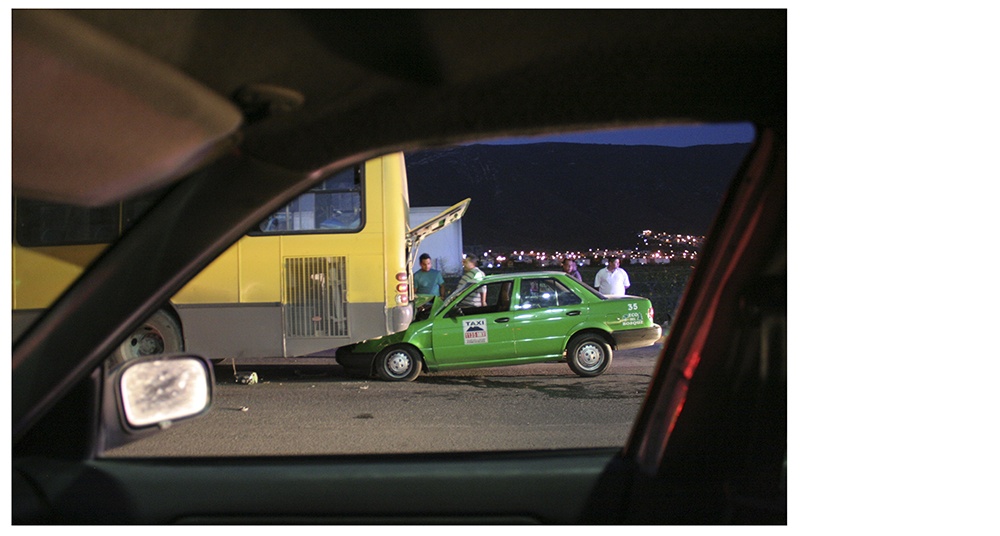

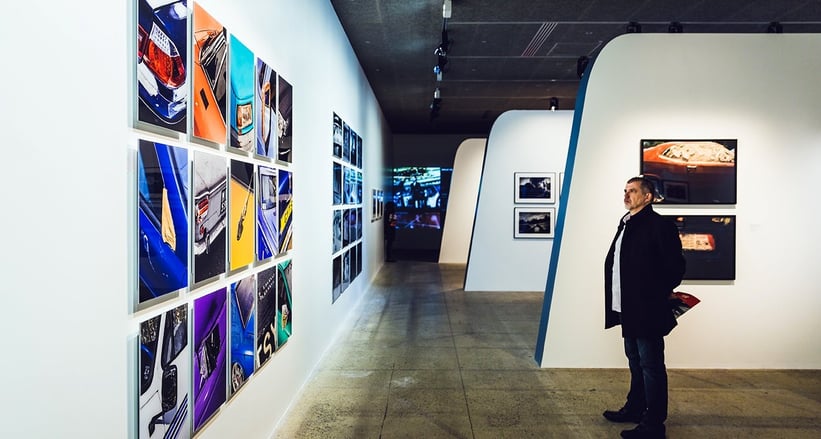
What’s puzzling about Autophoto is why such a fascinating idea hasn’t been explored in this way before. It also throws up numerous questions, predominantly about photography and the automobile and the contentious issues regarding both in today and tomorrow’s world. “The same problem plagues both photography and the automobile, and that’s traffic”, concludes Séclier, though he’s keen to point out that, of course, the ease at which quality photos can be taken, edited, and shared these days can only be a good thing. As for the car, it will inevitably continue to play a pivotal role in society for years to come. “You can’t go against the grain. Perhaps in 30 or 40 years’ time there will be an entirely new vision exploring photography and the automobile.” For now, get yourself to the Fondation Cartier for Autophoto — it fuses two things that you’re bound to relate to.
Photos: Laurent Duchene for Classic Driver © 2017 / Courtesy of the Fondation Cartier (see image captions for individual credits)

















































